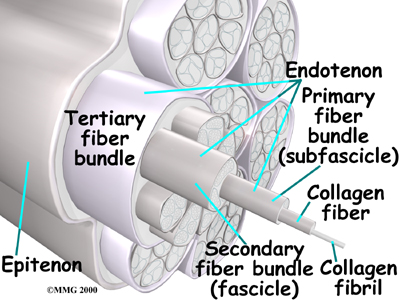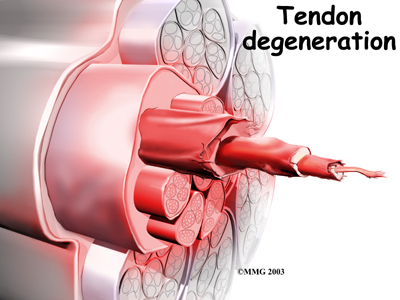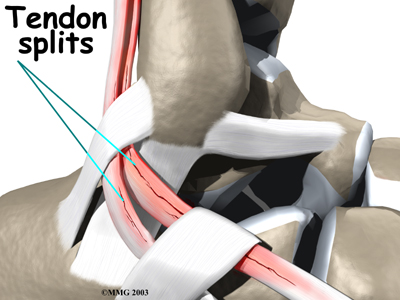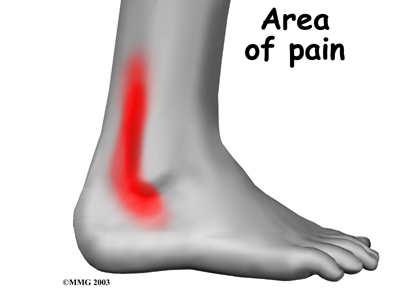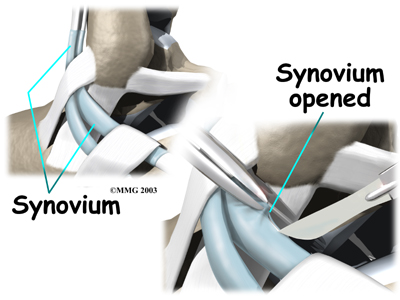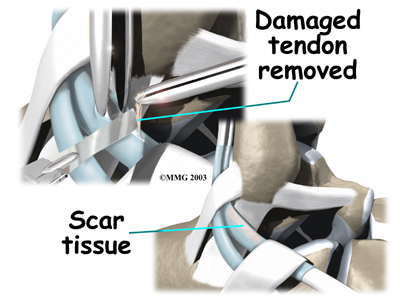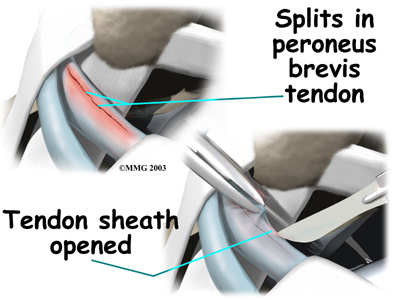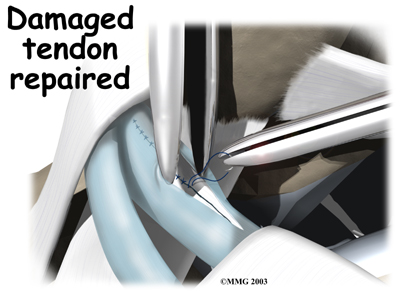Nonsurgical treatment for peroneal tendon problems helps control symptoms. Surgery is usually not considered until it has become impossible to control symptoms without it.
Non-surgical Rehabilitation
Even if you don't require surgery, you may need to follow a program of rehabilitation exercises. The physiotherapists at Momentum Spine & Sport Physiotherapy can create a program to help you regain normal ankle function, improving strength and coordination your ankle.
Initial treatments may involve resting and protecting the sore tendons. We may need to immobilize your foot and lower leg in a short-leg walking boot for two to four weeks. In less severe cases, we may have you use a stirrup ankle brace, arch support, or lateral heel wedge to take tension off the sore tendons.
Your physiotherapist may use heat, ice, and ultrasound treatments to reduce pain and swelling. Stretching, strengthening, and ankle coordination exercises are sometimes added as symptoms ease.
Post-surgical Rehabilitation
Patients with peroneal tendon problems are usually placed in a short-leg cast for four to six weeks after surgery, then a special walking boot may be worn for another four weeks. Rehabilitation after surgery can be a slow process. Although recovery varies for each patient, as a guideline, you may need to attend physiotherapy sessions at Momentum Spine & Sport Physiotherapy for one to two months, and you should expect full recovery to take up to four months.
Your first few physiotherapy treatments at Momentum Spine & Sport Physiotherapy are designed to help control pain and swelling from the surgery. Our therapist may use ice and electrical stimulation treatments during your first few physiotherapy sessions, in addition to massage and other hands-on procedures to ease muscle spasm and pain. We also provide treatments to help improve ankle range of motion without putting too much strain on the healing tendons.
It is possible that, after about four weeks you may be able to incorporate more active exercise. Your physiotherapist will slowly add exercises improve the strength in your peroneal muscles. We will also help you regain position sense in the ankle joint to improve its overall stability.
At Momentum Spine & Sport Physiotherapy, our goal is to help you keep your pain under control, improve your range of motion, and maximize strength and control in your ankle. When you are well under way, regular visits to our office will end. Although we will continue to be a resource, you will be in charge of doing your exercises as part of an ongoing home program.
Momentum Spine & Sport Physiotherapy provides physiotherapy services in Edmonton and St Albert.
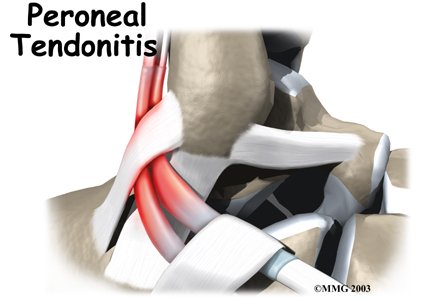

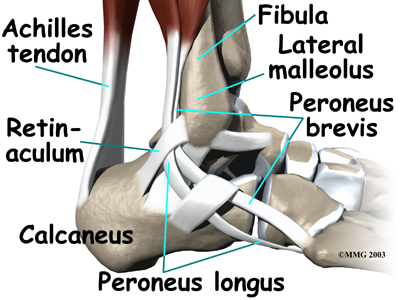
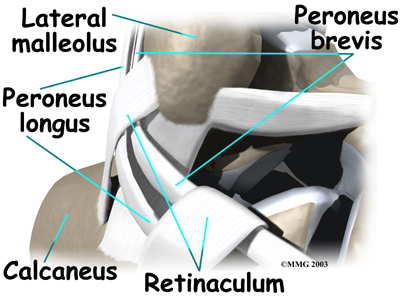
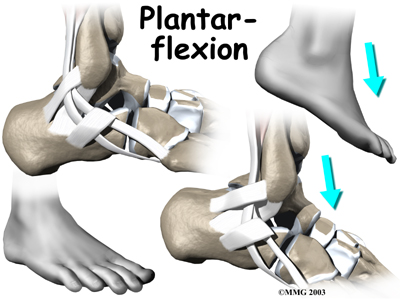
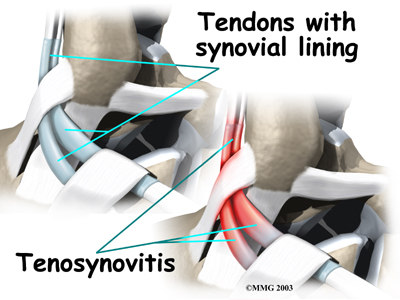 Peroneal tendon problems mostly occur where the tendons glide within the pulley behind the lateral malleolus. Their movement can cause irritation of the lining of the tendons. This condition is called
Peroneal tendon problems mostly occur where the tendons glide within the pulley behind the lateral malleolus. Their movement can cause irritation of the lining of the tendons. This condition is called 